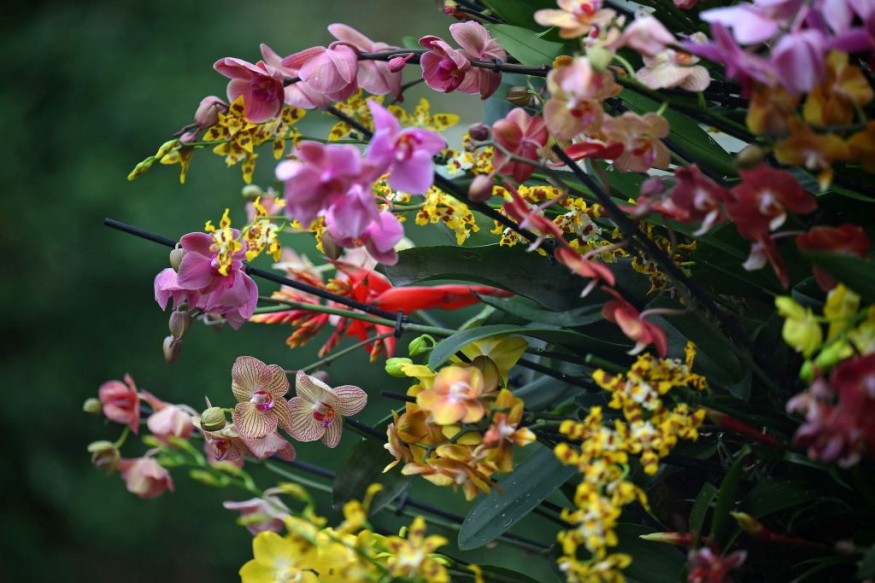Researchers discovered that flowering plants managed to adapt and survive mass extinctions 66 million years ago.
Climate change and increasing temperatures are among the main problems affecting plant species. Flower plants and wildlife have continued to suffer from habitat loss and decline despite they could adapt.
As a result, the conservation and protection efforts are essential in preventing the collapse of many plant and flower species.
Flowering plants survived despite mass extinctions

Flowering plants are essential for insects and many species, serving as a home and food source.
In addition, ornamental plants are shown to help with stress and depression. Many plants also have medicinal properties that help people, especially natural remedies.
According to new research, the latest study discovered that flower plants thrived during the Cretaceous-Palaeogene mass extinction or during the time of dinosaurs.
In the mass extinction, at least 75% of animal species were extinct, including dinosaurs.
Researchers from the Universidad Nacional Autónoma de México and the University of Bath discovered that flowering plants survived the mass extinctions 66 million years ago.
Using advanced methods, the study looked into the birth-death models, discovering that the lineages of flowering plants survived the extinctions.
Millions of years ago, the magnolia, orchids and mint managed to co-exist with the dinosaurs, according to the researchers.
Furthermore, the study also found that at least 300,000 are flowering plants in over 400,000 plant species in today's world. The significant survival of flower plants is essential to many species for habitats and pollination.
Despite being frail in appearance, the flowing plants adapted to the threats of climate crisis.
Climate change and extreme weather events impacts on plant species
Climate change is linked to increasing temperatures and extreme global events, which could significantly impact all plant species.
Hurricanes and wildfires could likely intensify due to climate change. The warmer sea temperatures could become ideal for developing storms, disastrously impacting communities and wildlife.
Hurricanes can also help cause landslides, mudslides and flash flooding due to excessive rainfall.
Furthermore, wildfires can become massive and frequent, causing massive damage to forests and plants. The high temperatures and strong winds could fan bushfires and wildfires, disrupting the ecosystems and animals.
When wildfires emerge, they could burn significant plant species. The recovery could take time without mitigation efforts.
Furthermore, drought is also a problem experienced by flower plants. The increasing temperatures could make it challenging for plants to survive and thrive.
While flowering plants survived the mass extinction during the dinosaur time, experts feared the worsening impacts of climate change.
Human-induced climate change can impact different plant species due to heat and lack of rainfall.
As a result, the immediate reduction of fossil fuel burning is vital to prevent the consequences of climate change. The UN emphasized the commitment of countries to mitigate the effects of climate change.
Related Article : Global Impact of Extreme Weather Events: Climate Change Can Intensify Frequent Hurricanes, Drought, Wildfires
For more similar stories, don't forget to follow Nature World News.
© 2025 NatureWorldNews.com All rights reserved. Do not reproduce without permission.





